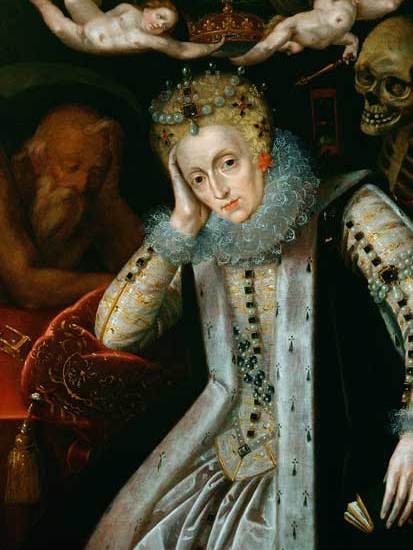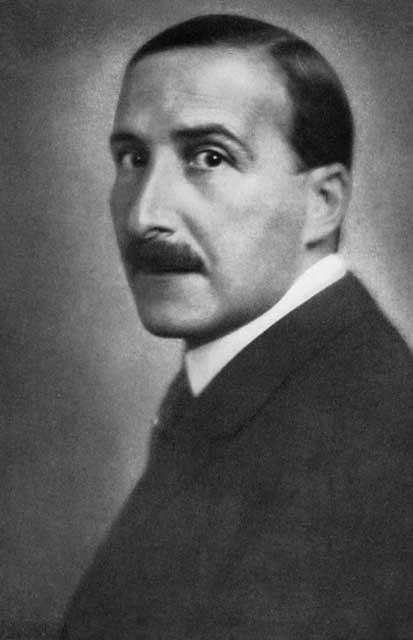Women are ‘foolish, wanton flibbergibs, in every way doltified with the dregs of the devil’s dunghill’. So a cleric reminded Queen Elizabeth I. His sermon reassured her that her personal qualities made her exceptional. But Elizabeth was not merely an ‘exceptional woman’, snorts Lisa Hilton. She was also ‘an exceptional ruler’ — one who refashioned her kingdom as ‘a modern monarch, a Renaissance prince’.
Already a subscriber? Log in
Subscribe for just $2 a week
Try a month of The Spectator Australia absolutely free and without commitment. Not only that but – if you choose to continue – you’ll pay just $2 a week for your first year.
- Unlimited access to spectator.com.au and app
- The weekly edition on the Spectator Australia app
- Spectator podcasts and newsletters
- Full access to spectator.co.uk
Unlock this article
Available from the Spectator Bookshop, £20 Tel: 08430 600033. Leanda de Lisle is the author of After Elizabeth, The Sisters Who Would Be Queen and Tudor: The Family Story.
You might disagree with half of it, but you’ll enjoy reading all of it. Try your first month for free, then just $2 a week for the remainder of your first year.














Comments
Don't miss out
Join the conversation with other Spectator Australia readers. Subscribe to leave a comment.
SUBSCRIBEAlready a subscriber? Log in